Solar Power Plant

Energy Source
Solar power plants harness energy from the sun, converting sunlight into electricity using photovoltaic (PV) cells or solar thermal systems.

Environmentally Friendly
Solar power is a clean, renewable energy source that reduces greenhouse gas emissions and reliance on fossil fuels.

Low Operating Costs:
Once installed, solar power plants have relatively low maintenance and operational costs compared to traditional power plants.

Scalability
Solar power plants can vary in size, from small rooftop installations to large utility-scale solar farms covering vast areas
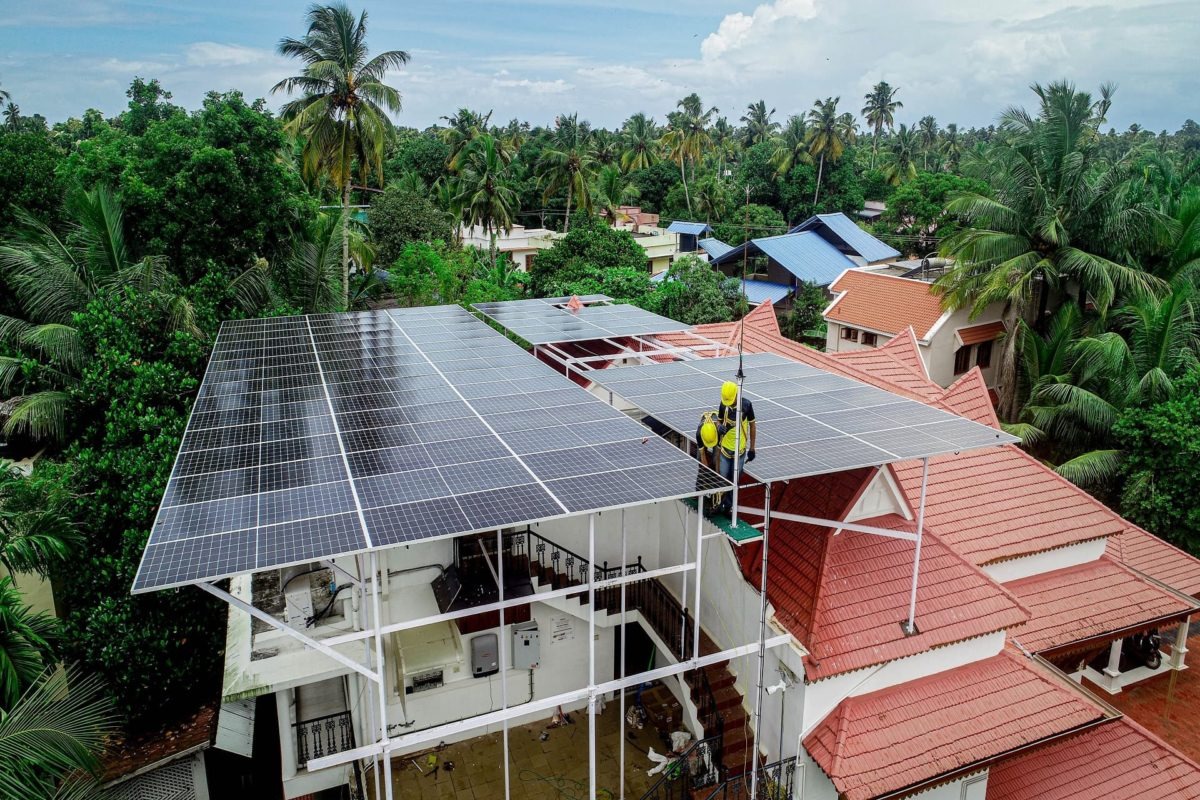
Energy Storage
Batteries or other energy storage systems are often paired with solar plants to store excess energy for use during cloudy periods or at night.
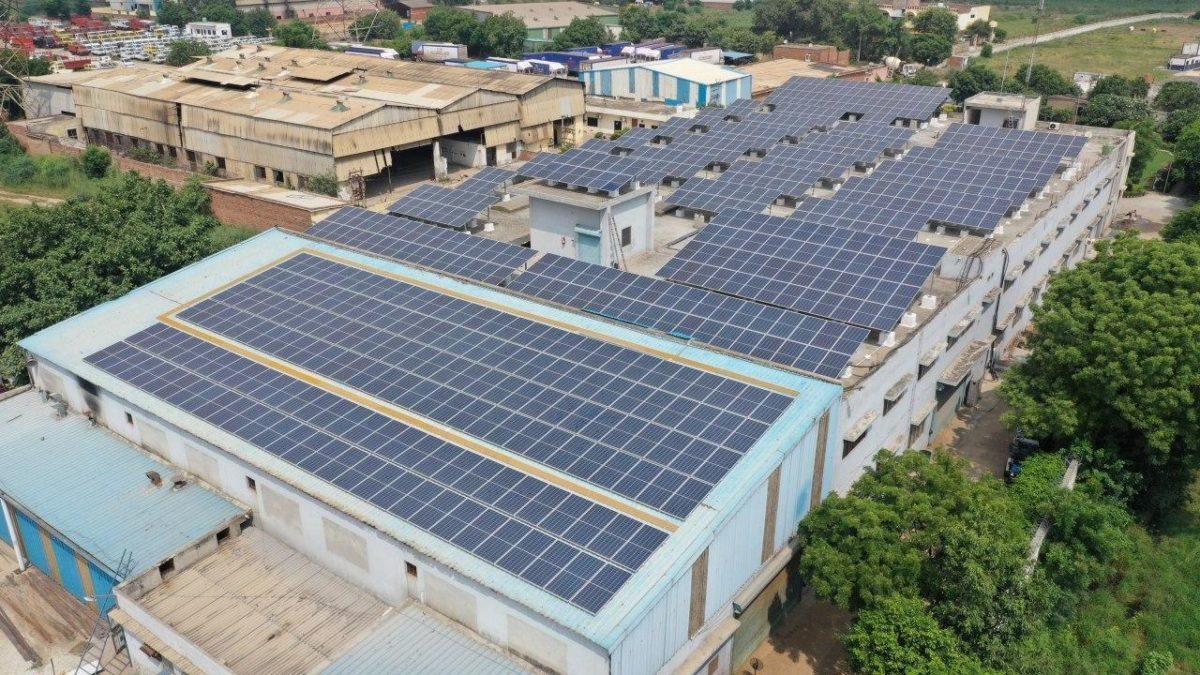
Land Use
Utility-scale solar farms require large areas of land, which can affect local ecosystems, but creative solutions like floating solar farms are emerging.
Solar Water Heater

Function
Solar water heaters use energy from the sun to heat water, reducing the need for electricity or gas-powered heaters.

Cost-Effective
Although initial installation costs may be higher, solar water heaters significantly reduce long-term energy costs.

Energy Savings:
Can save up to 50-80% on water heating bills, depending on location and usage.

Environmentally Friendly
Solar water heaters reduce carbon emissions and reliance on non-renewable energy sources.
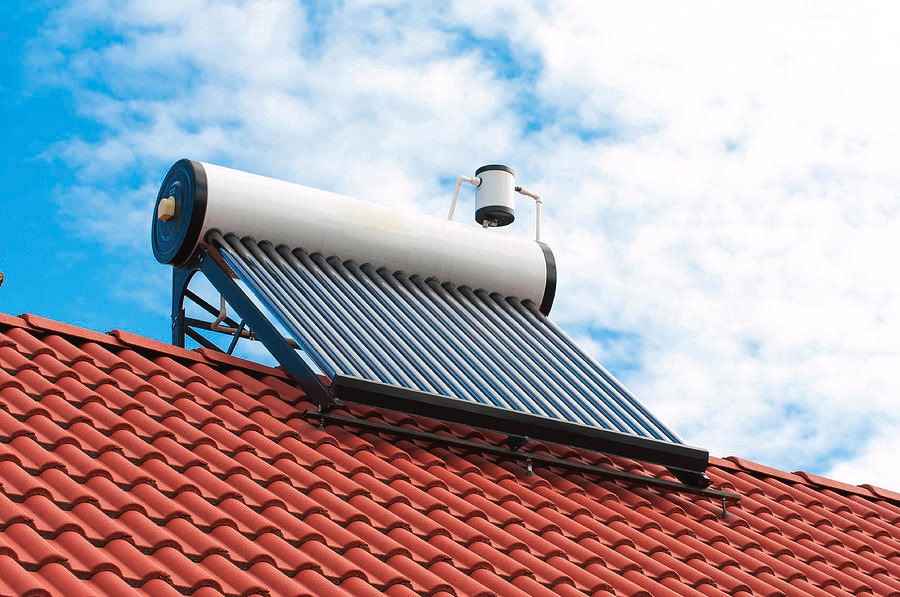
Environmentally Friendly
Solar power is a clean, renewable energy source that reduces greenhouse gas emissions and reliance on fossil fuels.
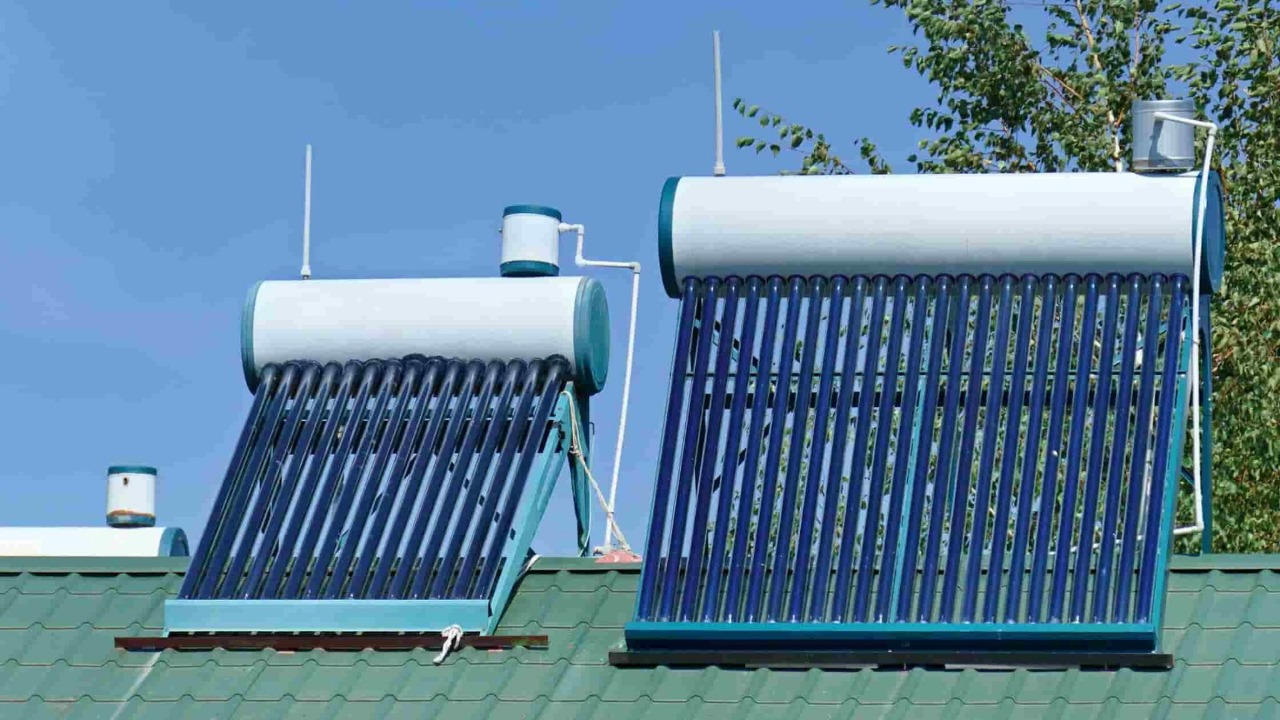
Components
Typically consist of solar collectors (flat plate or evacuated tubes) and a storage tank to hold heated water.
Solar Street Lights

Functionality
Solar street lights use photovoltaic panels to convert sunlight into electricity, which powers LED lights during the night.

Cost-Effective
Despite higher initial costs, solar street lights save money over time by avoiding energy bills and requiring fewer wiring and installation costs.

Energy Independence
They operate independently of the grid, reducing the reliance on conventional energy sources and eliminating electricity bills.

Eco-Friendly
Solar street lights help reduce carbon emissions by using renewable solar energy instead of fossil fuels.

Low Maintenance
These systems require minimal maintenance, with LED lights and solar panels offering long service lives.
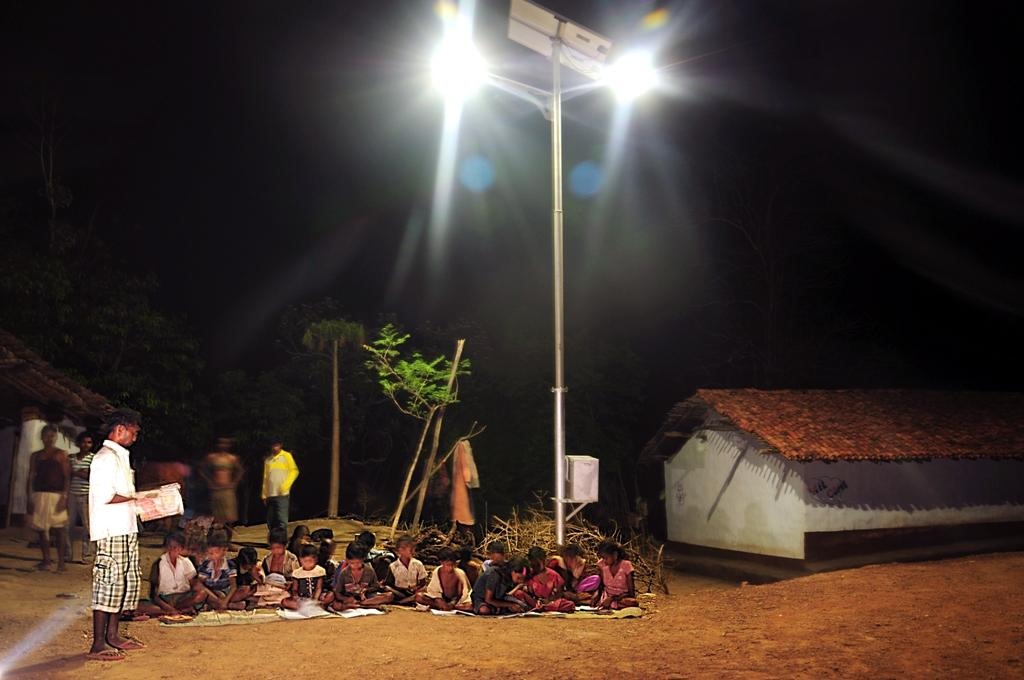
Smart Features
Many modern systems come with sensors, such as motion detectors and timers, to optimize energy usage.